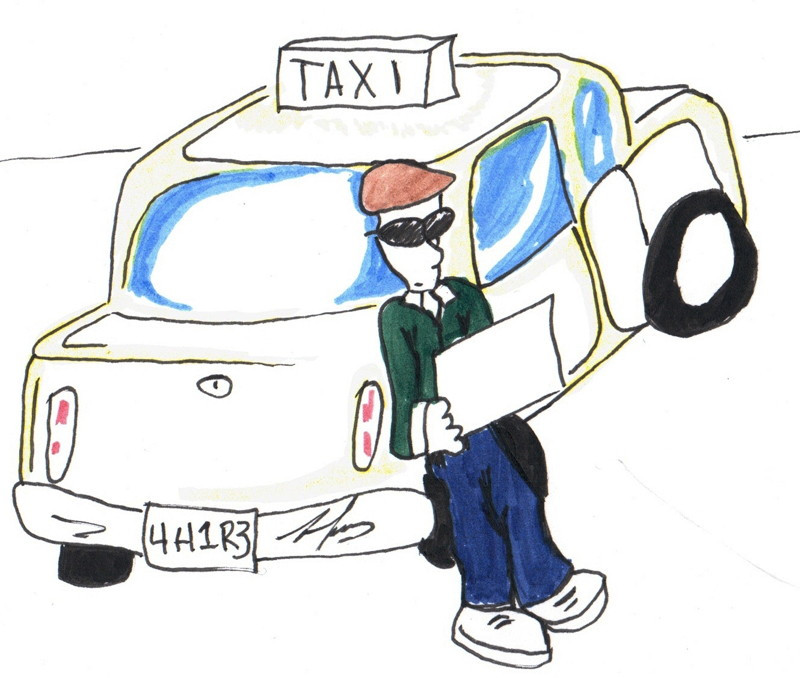The Better Voter Series: Rethinking transportation
Innovative ideas, not the same-old, are the only way to achieve smart growth
Early in her campaign, mayoral hopeful Judy Wasylycia-Leis vowed to defend the things that make Winnipeg great, a list that included quick commute times. While this particular source of “greatness” came as a result of a flat-lined economy, traffic is slowly getting worse as the city maintains modest growth.
On the Midtown Bridge, opened in 1955 to solve the congestion problem in south Winnipeg, semi-gridlock is now a regular occurrence. The same is true on other major routes.
Transport Canada estimates that billions of dollars worth of time and productivity are lost through traffic congestion. What is remarkable is that Winnipeg, eager to accommodate more of this inefficiency, cannot seem to pay for it.
It is hard to be confronted by the issue of transportation and infrastructure when that confrontation is a 20 – or 30-year process. While faster-growing cities have learned the hard way that bigger roads always equal greater congestion and infrastructure debt, Winnipeg seems to carry on with the same-old.
“Roads are our rapid transit,” Mayor Sam Katz famously declared in 2005, and the city’s list of major road projects follow this counterproductive formula.
With transportation plans far beyond what the city can afford, Katz has relied on going to the provincial and federal governments, as well as building through public private partnerships (P3s).
Wasylycia-Leis has promised a modest two per cent increase of the property tax rate, but that won’t be nearly enough to ensure that begging ceases to be a routine mayoral duty.
While P3s combine the worst of both worlds – government’s ability to use force and business demands to be unaccountable – there are better market solutions to the transportation and infrastructure problem. These solutions can not only ease pressure on government coffers, but accommodate smarter, more efficient urban growth.
While private transit sounds radical, virtually every transit system in North America was privately-owned well into the 20th century. In Winnipeg, it was not until 1953 that the transit system became public.
Before then, the system operated as a for-profit venture, in a time when Winnipeg’s population grew from a few hundred to more than 250,000. Constricted by political culture and government inefficiency, a public system could never have kept up to that demand today.
It could be argued that public transit was a worthwhile business venture because there was little competition from private automobiles. But by 1920, cars had already become affordable and relatively dependable.
What ultimately gave cars supremacy in cities was decades of public subsidies to roads, and the proliferation of traffic engineering and city planning geared to automobiles and sprawl.
Scaling back this “road socialism” and reforming pro-car planning could put transit and cars on more equal footing.
Road pricing, where tolls on roads or within a specified zone are enforced during peak demand times (the way tickets for airplanes and railways are), could reduce congestion while encouraging transit use and carpooling.
Under a public transit system, the only increase in new buses over the past decade has gone to new services in new neighbourhoods at the city’s edges. Winnipeg can cut bus service in these car-dependent neighbourhoods and sell its busy routes along higher density corridors.
Service in low-density neighbourhoods could be met by loosening the protectionist grip on the taxicab industry. Cab fares would lower as an increased number of cabs compete in the open market.
Jitney service – vans that are more direct than a bus, but cheaper than a taxi – could also provide service for low-density areas more efficiently than an empty transit bus could.
What is the worst that could happen: transit fares rising every year?
Money raised from tolls (on Bishop Grandin Boulevard or downtown during rush hour, for example), selling off all or some of the transit system and getting out of the downtown parkade business could help the city build and repair transportation infrastructure and grow better.
Or it could just sit back and see if marginal property tax hikes and going cap-in-hand to other governments will somehow work this time.
Robert Galston is a University of Winnipeg student who blogs about urban issues at http://riseandsprawl.blogspot.com.
Published in Volume 65, Number 6 of The Uniter (October 7, 2010)








